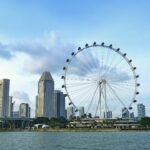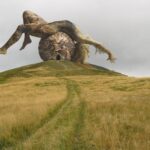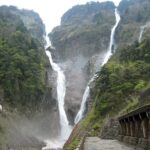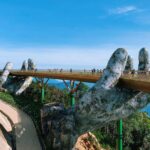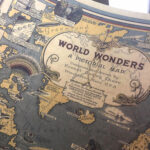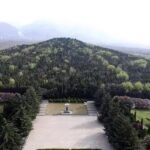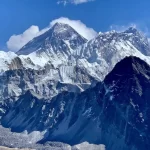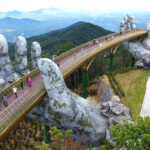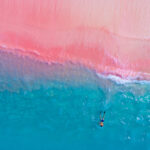
Mongolia is a landlocked country in East Asia, bordered by Russia to the north and China to the south. It covers an area of 1,564,116 square kilometres (603,909 square miles), with a population of just 3.3 million, making it the world’s most sparsely populated sovereign nation. Mongolia is the world’s largest landlocked country that does not border a closed sea, and much of its area is covered by grassy steppe, with mountains to the north and west and the Gobi Desert to the south. Ulaanbaatar, the capital and largest city, is home to roughly half of the country’s population. (Source from Wikipedia)

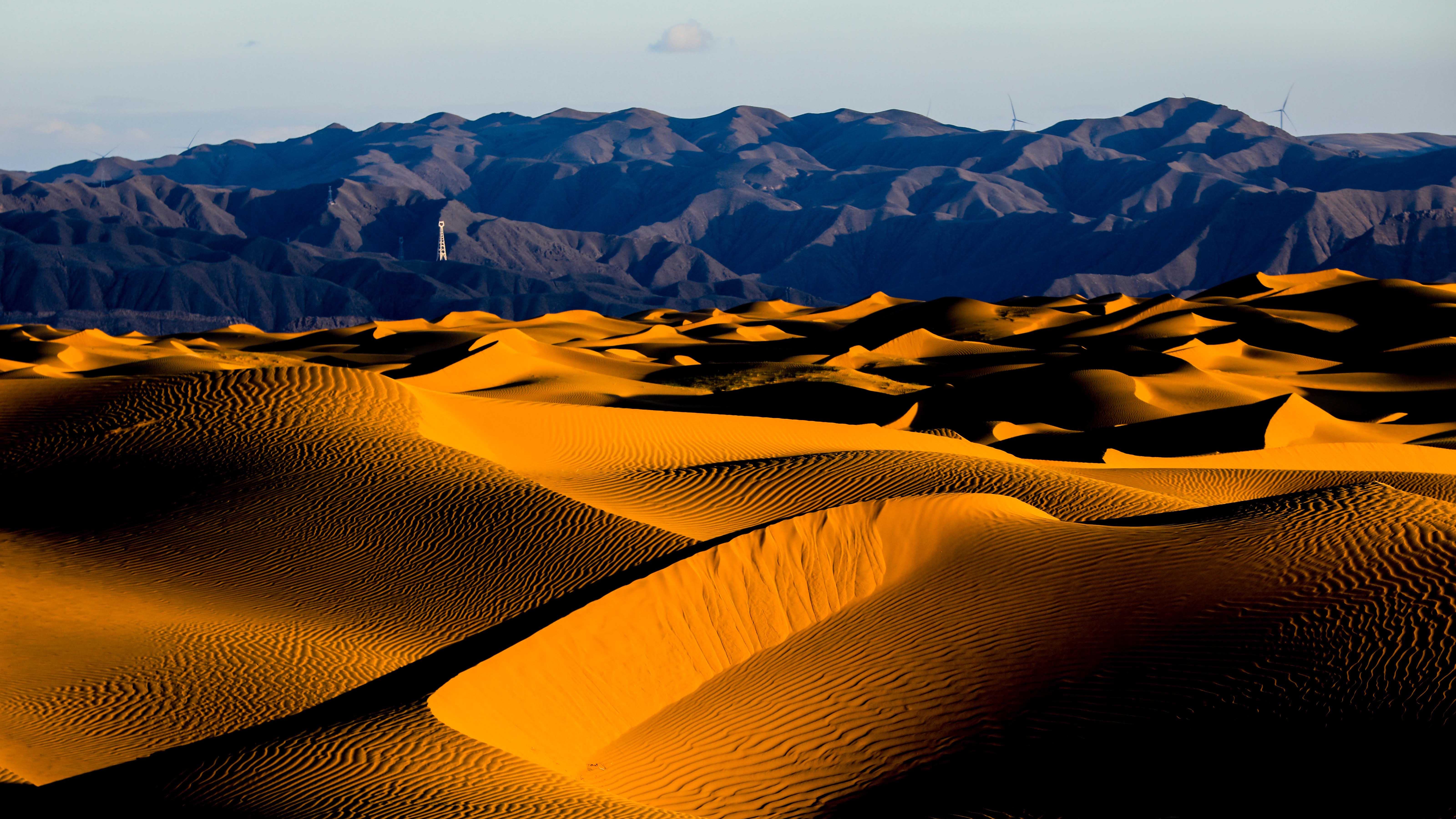
1. Gobi Desert
The Gobi Desert is a large desert or brushland region in East Asia. The Gobi measures more than 1,600 km (1,000 mi) from southwest to northeast and 800 km (500 mi) from north to south. The desert is widest in the west, along the line joining the Lake Bosten and the Lop Nor (87°–89° east). In 2007, it occupied an arc of land in area. In its broadest definition, the Gobi includes the long stretch of desert extending from the foot of the Pamirs (77° east) to the Greater Khingan Mountains, 116–118° east, on the border of Manchuria; and from the foothills of the Altay, Sayan, and Yablonoi mountain ranges on the north to the Kunlun, Altyn-Tagh, and Qilian mountain ranges, which form the northern edges of the Tibetan Plateau, on the south.
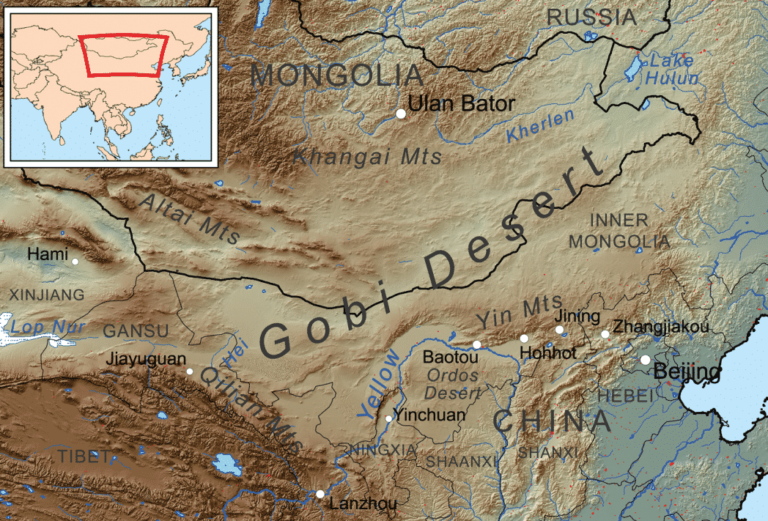
![86951795171d83c3695b34e80b9376ca[1]](https://hobbymart.net/wp-content/uploads/2022/05/86951795171d83c3695b34e80b9376ca1-768x513.png)
![cc2ae716c002a9ae2fca02c68bcebb8e49368bf4[1]](https://hobbymart.net/wp-content/uploads/2022/05/cc2ae716c002a9ae2fca02c68bcebb8e49368bf41-768x512.jpeg)
![636616636050404627-Sand-Dunes-in-Gobi-Desert[1]](https://hobbymart.net/wp-content/uploads/2022/05/636616636050404627-Sand-Dunes-in-Gobi-Desert1-768x403.jpg)
2. Gorkhi-Terelj National Park
Gorkhi-Terelj National Park is one of the national parks of Mongolia. The Terelj tourist zone has a number of "tourist camps". It is connected with Ulaanbaatar by a paved road. The road comes to the Gorkhiin Davaa pass. Most of the tourist camps and tourist attractions are before this pass. The road then ends at the settlement of Terelj, which features small shops and restaurants. The Terelj settlement is located in the valley of the Terelj River (Terelj Gol), approximately 66 km from the Ulaanbaatar city center. The national park tourist zone is formally in Nalaikh düüreg (district) part of Ulaanbaatar municipality, the rest of the protected zone beginning to the north of the Terelj River, is located in Mongolia's Töv Province (Töv aimag).
![eb683e9a4b6fdf39eadda67b308423ed[1]](https://hobbymart.net/wp-content/uploads/2022/05/eb683e9a4b6fdf39eadda67b308423ed1-768x498.jpg)
![gorkhi-terelj-national-park[1]](https://hobbymart.net/wp-content/uploads/2022/05/gorkhi-terelj-national-park1-768x512.jpg)
![terelj-national-park[1]](https://hobbymart.net/wp-content/uploads/2022/05/terelj-national-park1.jpg)
![gorkhi-terelj-national-park-mongolia-view-aryapala-initiation-meditation-centre-tov-province-central-66789349[1]](https://hobbymart.net/wp-content/uploads/2022/05/gorkhi-terelj-national-park-mongolia-view-aryapala-initiation-meditation-centre-tov-province-central-667893491-768x511.jpg)
3. Hustai National Park
Khustain Nuruu National Park is a national park of Mongolia. It is also known as Hustai National Park. The Tuul River runs through the park. The HNP covers 50,600 ha land which is home to 459 species of vascular plants, 85 species of lichens, 90 species of moss and 33 species of mushrooms. 44 species of mammals have been recorded, including Altai wapiti, Mongolian gazelle, roe deer, wild boar, wild sheep, ibex, Mongolian marmots, grey wolf, Eurasian lynx, Pallas's cat, red fox, corsac fox and Eurasian badger. The 217 species of birds include golden eagle, lammergeier, great bustard, whooper swan, black stork, Daurian partridge and little owl. There are 16 species of fish, 2 species of amphibians, and 385 species of insects. A new species of soil insect has been found in the Hustai and given the scientific name of Epidamaeus khustaiensis.
![Mongolia-2016-311_new[1]](https://hobbymart.net/wp-content/uploads/2022/05/Mongolia-2016-311_new1-768x512.jpg)
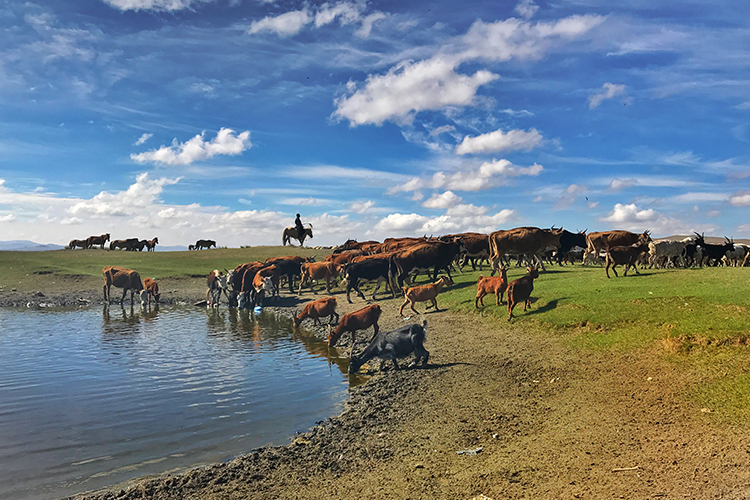
![19896790_1356029617851986_8694825093596971008_n[1]](https://hobbymart.net/wp-content/uploads/2022/05/19896790_1356029617851986_8694825093596971008_n1-768x458.jpg)
![20294403_10212602908122859_82893115376921762_n[1]](https://hobbymart.net/wp-content/uploads/2022/05/20294403_10212602908122859_82893115376921762_n1-768x514.jpg)

4. Khovsgol Lake
Lake Khövsgöl is the largest fresh water lake in Mongolia by volume and second largest by area. It is located near the northern border of Mongolia, about 200 km (124 mi) west of the southern end of Lake Baikal. It is nicknamed the "Younger sister" of those two "sister lakes". The lake's name is also spelled Hovsgol, Khövsgöl, or Huvsgul in English texts. It is called Хөвсгөл нуур Hövsgöl núr in Mongolian, and is also referred to as Хөвсгөл далай Hövsgöl dalai ("Ocean Khövsgöl") or Далай ээж Dalai éj ("Ocean Mother").
![Khovsgol-Lake_dreamstime_xl_36745100[1]](https://hobbymart.net/wp-content/uploads/2022/05/Khovsgol-Lake_dreamstime_xl_367451001-768x476.jpg)
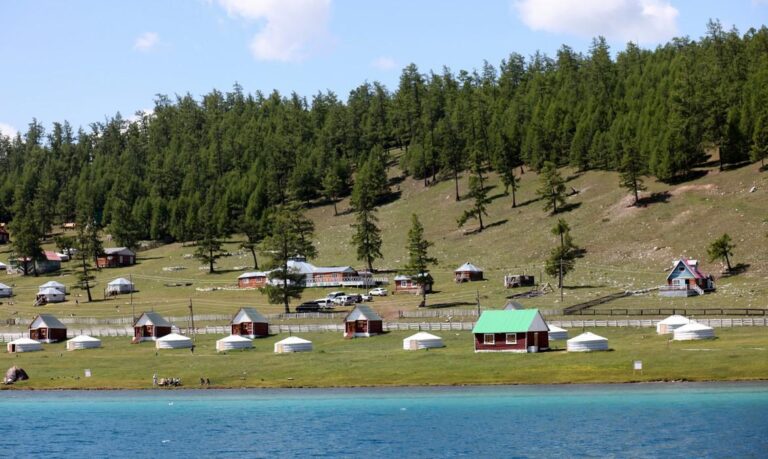
![IMG_7017-1[1]](https://hobbymart.net/wp-content/uploads/2022/05/IMG_7017-11-768x576.jpg)
![1400__1510684220_LakeKhovsgol[1]](https://hobbymart.net/wp-content/uploads/2022/05/1400__1510684220_LakeKhovsgol1-768x459.jpg)

5. Altai Tavan Bogd National Park
Altai Tavan Bogd National Park is a national park in Bayan-Ölgii Province of western Mongolia. The park includes the Mongolian side of the Tavan Bogd massif, which is divided by the triple border with Russia and China in the Altai Mountains. It covers 6362 square kilometres and is located south of Tavan Bogd, the highest mountain of Mongolia. It includes the lakes Khoton, Khurgan, and Dayan. The protected area is inhabited by species such as the Argali sheep, Ibex, Red deer, Beech marten, Moose, Snow cock, and Golden eagle. The (UNESCO) World Heritage Site Petroglyphic Complexes of the Mongolian Altai is located inside Altai Tavan Bogd National Park. The World Heritage Site covers three locations with several thousand petroglyphs and Turkic monoliths, including the Tsagaan Salaa Rock Paintings with over 10,000 cave drawings in 15 km of river valley.
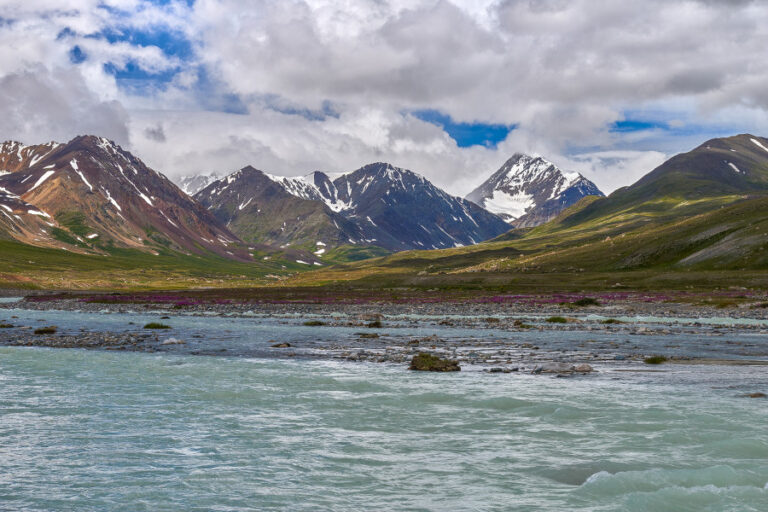
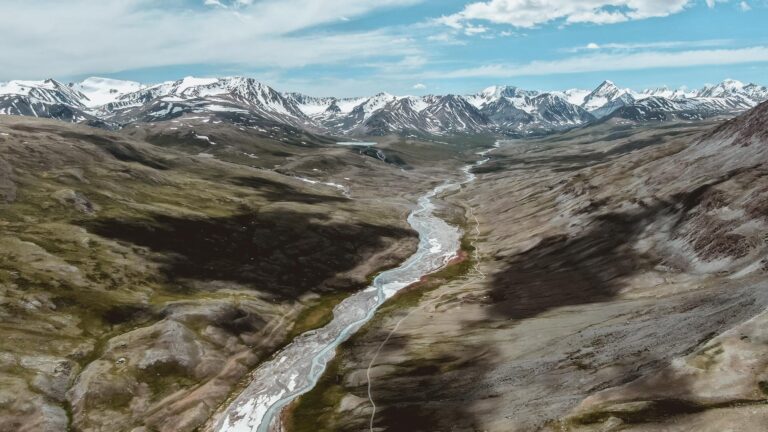
![bfb06552c31ed06150d2681ff60331d1[1]](https://hobbymart.net/wp-content/uploads/2022/05/bfb06552c31ed06150d2681ff60331d11.jpg)
![malchin-peak-1-1024x683[1]](https://hobbymart.net/wp-content/uploads/2022/05/malchin-peak-1-1024x6831-1-768x512.jpg)

6. Ulaanbaatar
Ulaanbaatar is the capital and most populous city of Mongolia. The municipality is located in north central Mongolia at an elevation of about 1,300 metres (4,300 ft) in a valley on the Tuul River. The city was originally founded in 1639 as a nomadic Buddhist monastic centre, changing location 28 times, and was permanently settled at its current location in 1778.
![zaisan-memorial-ulaanbaatar-mongolia-1920x1080[1]](https://hobbymart.net/wp-content/uploads/2022/05/zaisan-memorial-ulaanbaatar-mongolia-1920x10801-1-768x432.jpg)
![100w0p000000fmha91971_C_750_350[1]](https://hobbymart.net/wp-content/uploads/2022/05/100w0p000000fmha91971_C_750_3501.jpg)
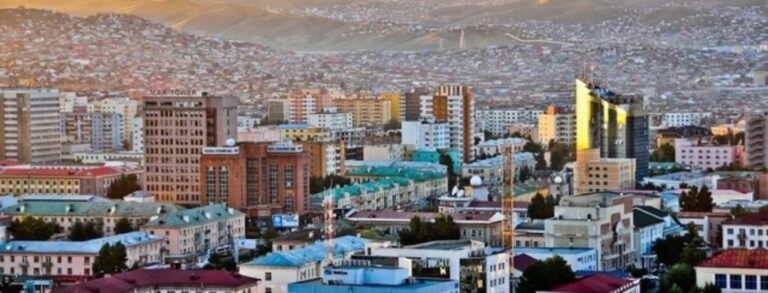
![lnj1nD84PAkagj0NeXxnTZHA6blVJZJuHA6qENcv_1920_1000[1]](https://hobbymart.net/wp-content/uploads/2022/05/lnj1nD84PAkagj0NeXxnTZHA6blVJZJuHA6qENcv_1920_10001-768x400.jpeg)

7. Genghis Khan Statue Complex
The Genghis Khan Equestrian Statue, part of the Genghis Khan Statue Complex, is a 40-metre (130 ft) tall, stainless steel statue of Genghis Khan on horseback and the world's tallest equestrian statue. It is located on the bank of the Tuul River at Tsonjin Boldog, 54 km (33.55 mi) east of the Mongolian capital Ulaanbaatar, where, according to legend, he found a golden whip. The statue is symbolically pointed east towards his birthplace. It is on top of the Genghis Khan Statue Complex, a visitor centre, itself 10 metres (33 ft) tall, with 36 columns representing the 36 khans from Genghis to Ligdan Khan. It was designed by sculptor D. Erdenebileg and architect J. Enkhjargal and erected in 2008. Visitors walk to the head of the horse through its chest and neck, where they have a panoramic view. The main statue area will be surrounded by 200 ger (yurts), designed and arranged like the pattern of the horse brand marks that were used by the 13th century Mongol tribes. The cost of the complex is reported to be US$4.1 million, built by The Genco Tour Bureau, a Mongolian company.
![12722_df717b7923db84f32ce3e6d755864680[1]](https://hobbymart.net/wp-content/uploads/2022/05/12722_df717b7923db84f32ce3e6d7558646801.jpg)
![genghis-khaan-statue-complex-min[1]](https://hobbymart.net/wp-content/uploads/2022/05/genghis-khaan-statue-complex-min1-768x442.jpg)
![5905683627_47d9f6d0ae_b[1]](https://hobbymart.net/wp-content/uploads/2022/05/5905683627_47d9f6d0ae_b1-768x513.jpg)
![photo3jpg[1]](https://hobbymart.net/wp-content/uploads/2022/05/photo3jpg1.jpg)
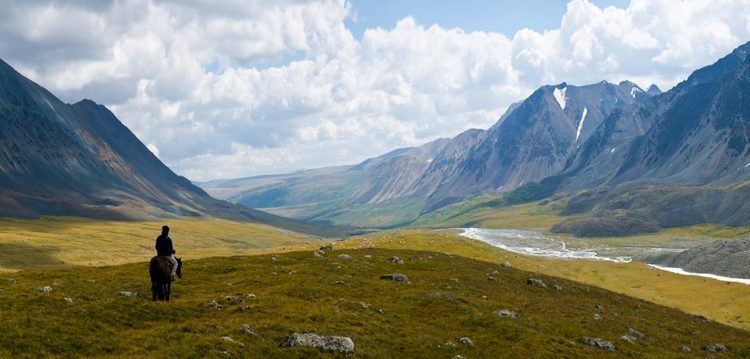
8. Orkhon Valley
Orkhon Valley Cultural Landscape sprawls along the banks of the Orkhon River in Central Mongolia, some 320 km west from the capital Ulaanbaatar. It was inscribed by UNESCO in the World Heritage List as representing the development of nomadic pastoral traditions spanning more than two millennia.
![Orkhon+Valley,+Mongolia+by+Stefan+Schinning[1]](https://hobbymart.net/wp-content/uploads/2022/05/OrkhonValleyMongoliabyStefanSchinning1-768x510.jpg)


![12712_3c924b109ac27b377c4ccd3f0690ab58[1]](https://hobbymart.net/wp-content/uploads/2022/05/12712_3c924b109ac27b377c4ccd3f0690ab581.jpg)

9. Terkhiin Tsagaan Nuur
Terkhiin Tsagaan Lake also known as White Lake is a lake in the Khangai Mountains in central Mongolia. The Khorgo volcano is located near the eastern end of the lake and the Suman River springs from lake. The lake is located in Khorgo-Terkhiin Tsagaan Nuur National Park.
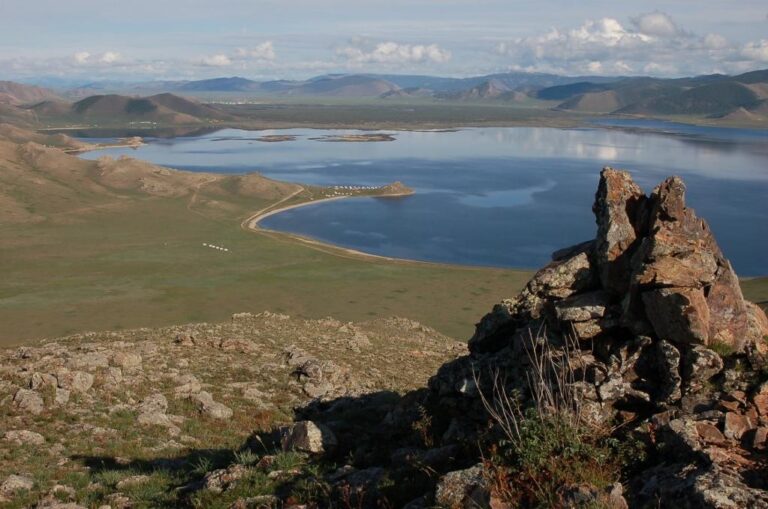
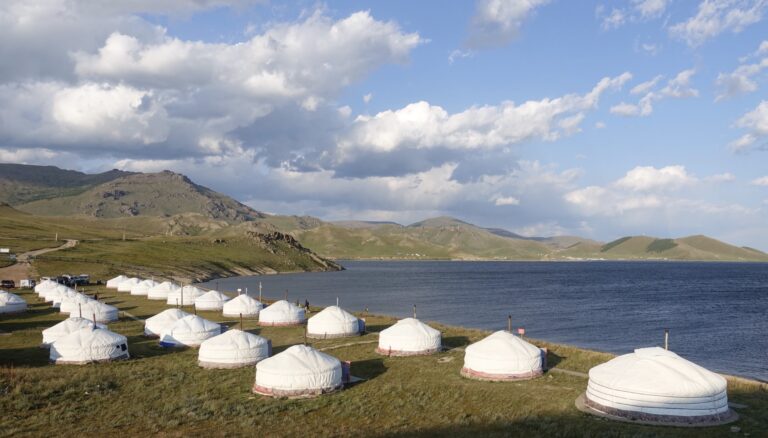
![Maikhan-Tolgoi-Ger-Camp[1]](https://hobbymart.net/wp-content/uploads/2022/05/Maikhan-Tolgoi-Ger-Camp1-768x512.jpg)
![Taikher-Chuluu[1]](https://hobbymart.net/wp-content/uploads/2022/05/Taikher-Chuluu1-768x512.jpg)

10. Karakorum & Erdene Zuu Monastery
The Erdene Zuu Monastery is probably the earliest surviving Buddhist monastery in Mongolia. Located in Övörkhangai Province, approximately 2 km north-east from the center of Kharkhorin and adjacent to the ancient city of Karakorum, it is part of the Orkhon Valley Cultural Landscape World Heritage Site. The monastery is affiliated with the Gelug sect of Tibetan Buddhism.
![29972239297_08c652f5e3_b[1]](https://hobbymart.net/wp-content/uploads/2022/05/29972239297_08c652f5e3_b1-768x482.jpg)
![b55ecae9468b482b4e5dd4ad06fe8a68[1]](https://hobbymart.net/wp-content/uploads/2022/05/b55ecae9468b482b4e5dd4ad06fe8a681-768x511.png)
![6059004287_c1067a2000_b[1]](https://hobbymart.net/wp-content/uploads/2022/05/6059004287_c1067a2000_b1-768x512.jpg)
![ErdeneZuu-Kharkhorin-Mongolia-3[1]](https://hobbymart.net/wp-content/uploads/2022/05/ErdeneZuu-Kharkhorin-Mongolia-31-768x432.jpg)


